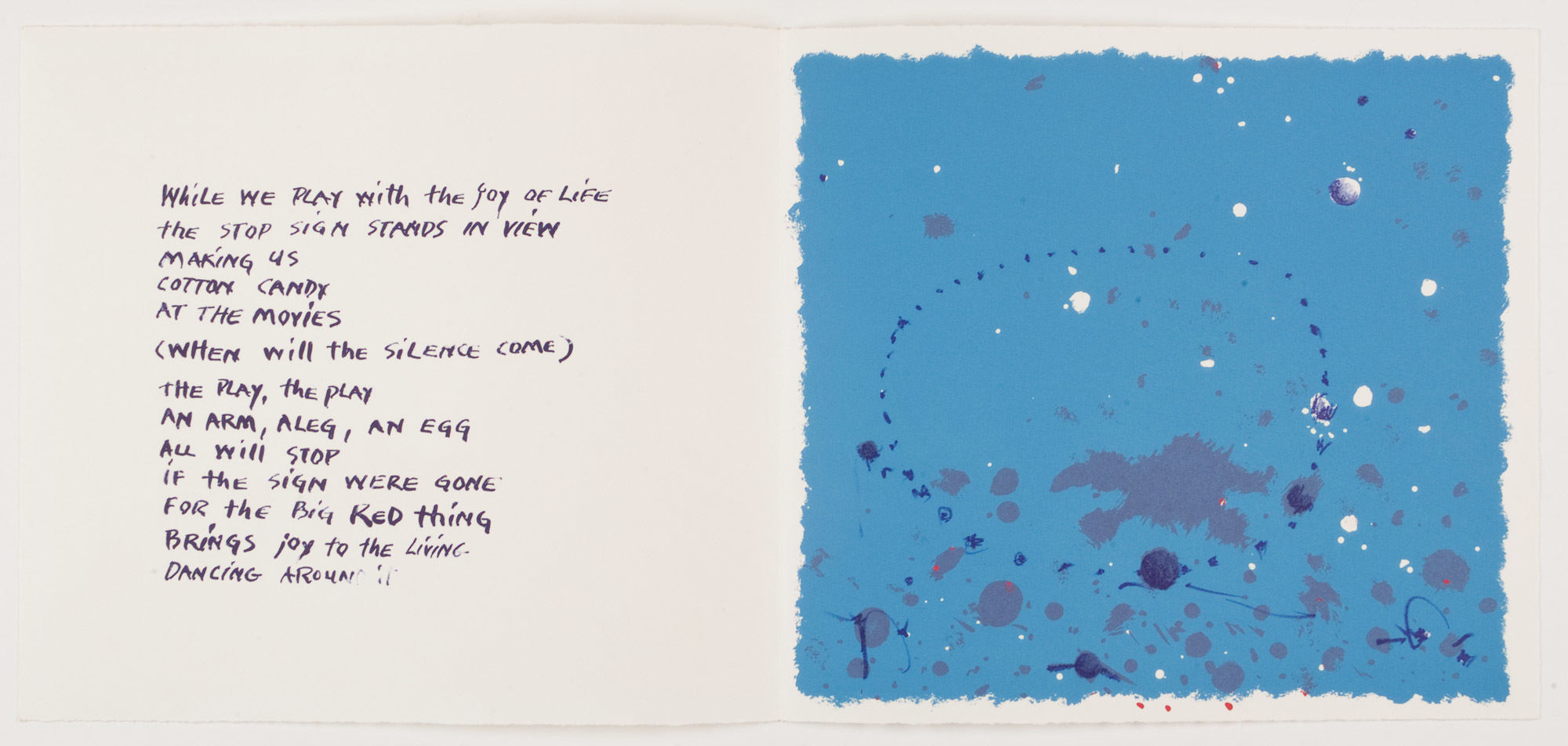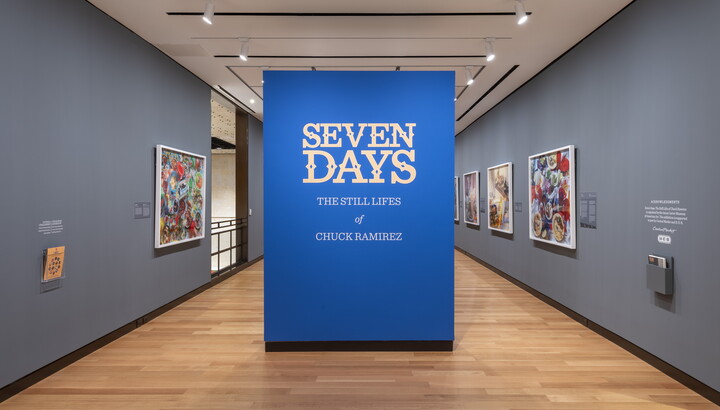The Carter Blog
Carter ARTicles
Art as democracy
May 04, 2022
Kinji Akagawa has been making art in some form for nearly his entire life. A new exhibition at the Carter, Art Making as Life Making: Kinji Akagawa at Tamarind, explores the early years of Akagawa’s career when he was both an artist and printer at the Tamarind Lithography Workshop in Los Angeles in the 1960s. We chatted with Akagawa about his work and artistic philosophies.
Q: What inspires you as an artist?
KA: [Laughs] To me “artist ” is just a title. “Artist” suggests criteria for what kind of job I have or don’t have. I grew up in Japan during World War II with family members who were craftsmen in northern Japan—my uncles and my aunts were iron workers and lantern-makers, and a few were painters. In junior high, I had wonderful teachers who inspired me, English teachers as well as art teachers. In high school I dreamed of becoming a poet. Poetry made me cry—it inspired me, it was kind of a Japanese popular art. So, what inspired me are the teachers and my family members. They are the ones who were Zen Buddhists, and whatever I did, they accepted me. I wasn’t confined by Japanese tradition or manhood. So, my environment helped me to become a so-called “artist.”
Q: The title of your Carter exhibition is Art Making as Life Making. Talk about your philosophy of art making.
KA: Art and craft and design were all together when I was growing up. As I grew up, their separation became important: Am I going to be a painter, or am I going to be a sculptor? Am I going to be a poet, or maybe a banking or insurance guy? I was trained by Walter Gropius’ idea—Bauhaus. Bauhaus was very much aligned with the Japanese culture—the painter was the teacher. And all these artists and architects and performance artists, all these new kinds of avant-garde art were becoming very important to creating 20th-century culture. Look at Scandinavian or German traditions where the designer becomes very important. Media becomes much more available, and printing becomes much more democratic because, without collaboration, you cannot make a print. Culture and environment made art democratic because producer and viewer became collaborative artists. Bauhaus was much more conducive to American democracy.
Q: In the 1960s you were both a printer and artist at Tamarind. How did the collaborative community and diverse artists at Tamarind inform your art practice?
KA: Painting was too expensive as a foreign student, so I made prints. It was really cheap—all the equipment was there, the stone was there, I blocked the stone, all these things. All I needed was the paper, and the school provided the technology for me. I made prints like crazy! I was studying at the Cranbrook Academy of Art and this guy came from Tamarind to teach printmaking and lithography and he saw my work. He helped me apply for a scholarship to study at Tamarind. Tamarind offered me a three-month grant. Three months later, they gave me another three months. My three months grew into a year and a half.
Printmaking is very democratic—everybody can print! Skilled craftsmen work with artists who wanted to make a print but needed a studio and equipment and assistants for technical parts. Printmaking is true to democratic principles. I studied under Herbert Bayer; he was a student and then teacher at the Bauhaus. I talked with him when I was at Tamarind about all these Bauhaus ideas—the aesthetic for the everyday world, all these really democratic ideas. The aestheticization of democracy!
Q: Besides printing you are known for your public art* and sculpture. In what ways are your public art and sculpture democratic?
*View Garden Seating, Reading, Thinking at the Walker Art Center in Minneapolis.
KA: Don’t say “art,” but “aesthetic inquiry”. Everything you create has some sense of beauty or sense of truthfulness or sense of goodness—you create your own environment. We all do. We move toward the horizon, practice toward the horizon. We think we get closer, but it gets bigger and wider! That’s aesthetic inquiry—everyday life. We collaborate, we influence each other. For public art, you don’t have to have the money for the entrance fee for a museum, you don’t have to manage the travel to go to a museum. If you are involved with the civic life, then all five senses are involved. To me, public art doesn’t have to be in the European tradition; it’s the American democratic context that decides what is livable, what is important in everyday life. Then I became a utilitarian designer. This is American democracy in practice—how we make ourselves available.
Q: Your work as an educator has given you the opportunity to work with many artists. What is your educational philosophy?
KA: I was hired as a printmaking teacher at Minneapolis College of Art and Design after my Cranbrook and Tamarind experience. Bauhaus never escaped from my head. If I want to become an artist, all the great artists automatically knew their social responsibility of sharing their inquiry with the educational world. Eye is not separated from mind, eye is a part of mind. The interpretation of art IS the art. What are my criteria for interpreting aesthetic life and aesthetic world? Civic inquiry is what is beautiful, what is truthful, what is good in life. What is beautiful can only be truthful and is good to share. When I teach, let’s say I’m the foundations teacher and I’m going to teach you how to use a table saw, or a chisel, or a knife. I have to teach how to sharpen the tool and what is a good tool and a lousy tool, but all these are contextual. I have to teach both the content and the context. Art is also the content and the context. Human beings are also the content and the context. As I grow old, my content and context start to move. I’m thankful for my younger days but I’m content transferring my subjectivity from one area to another. As we grow into the world, our world becomes bigger. We ourselves become bigger, hopefully!
Art Making as Life Making: Kinji Akagawa at Tamarind is on view at the Carter through October 30, 2022.







